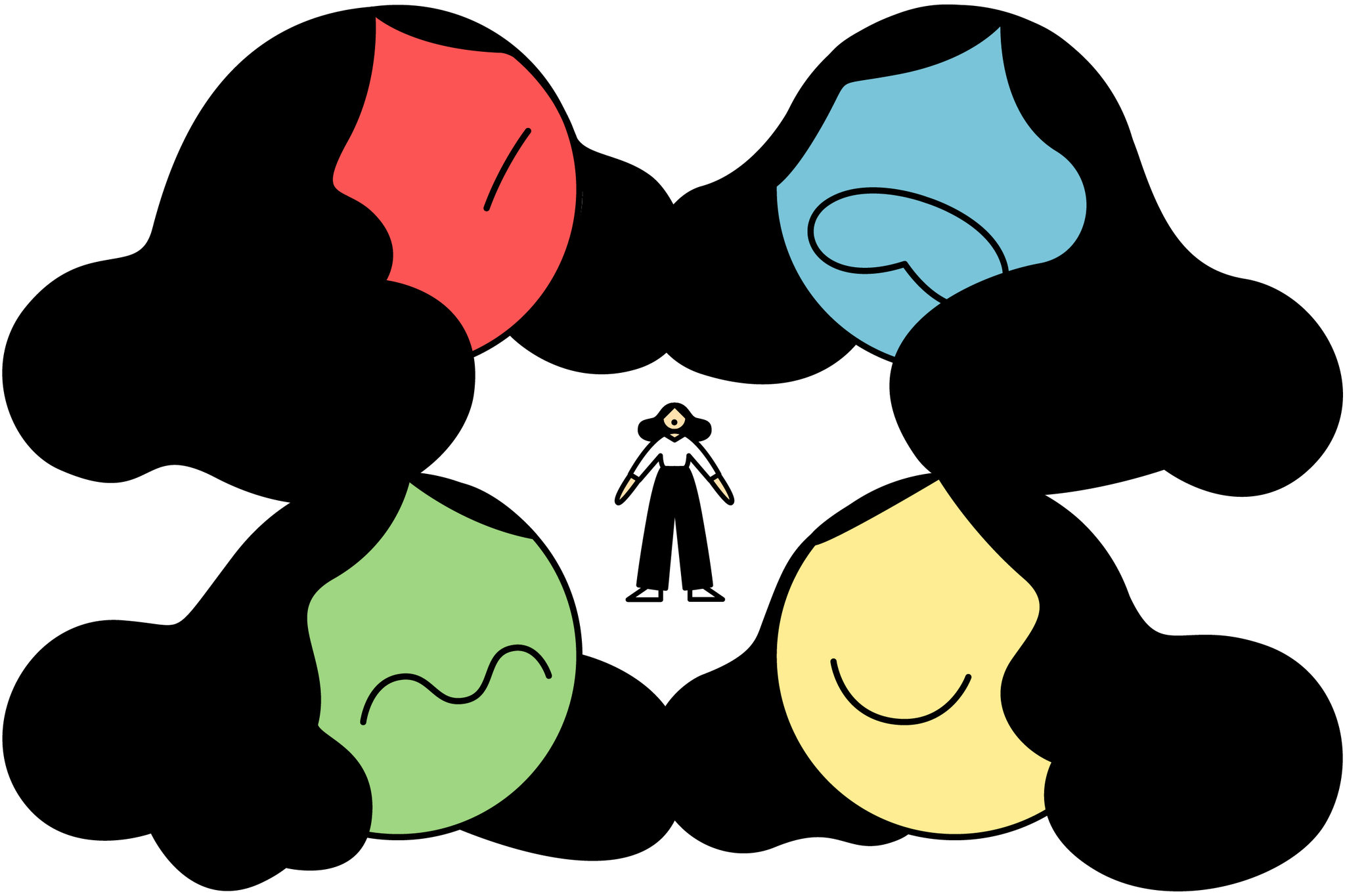What Are the Differences Between Sexual Identity and Sexual Orientation?
Sexuality is an important part of human life, and there are many related concepts. Among these concepts, sexual identity and sexual orientation are frequently used terms. However, these two terms are often confused and misunderstood. In this article, we will examine in detail the differences between sexual identity and sexual orientation.
What Is Sexual Identity?
Sexual identity relates to how an individual defines themselves sexually. It refers to how a person feels and identifies in relation to social and cultural gender roles. Sexual identity is generally examined under the following categories:
- Female: Individuals with a female sexual identity adopt the social and biological role of being female.
- Male: Individuals with a male sexual identity adopt the social and biological role of being male.
- Trans: Trans individuals may feel a mismatch between the gender assigned at birth and the gender they identify with.
- Genderless: Genderless individuals may choose not to adopt a specific sexual identity or gender role.
Sexual identity defines a person’s self-perception and is therefore very personal. Each individual can experience and express their sexual identity in different ways.
What Is Sexual Orientation?
Sexual orientation defines the gender or gender identity toward which an individual feels romantic or sexual attraction. Sexual orientation can be grouped under the following categories:
- Heterosexual: Sexual attraction to a different gender.
- Homosexual: Sexual attraction to individuals of the same gender, also known as homosexuality.
- Bisexual: Individuals who feel sexual attraction to both men and women.
- Pansexual: Individuals who can feel sexual attraction toward anyone regardless of gender identity.
While sexual orientation is related to identity, it is a separate concept from sexual identity, and a person’s sexual orientation may not always be openly defined by society or the individual themselves.
Differences Between Sexual Identity and Sexual Orientation
The main differences between sexual identity and sexual orientation are essentially how a person identifies themselves and which attractions they have. Understanding these two concepts helps us better comprehend an individual’s experiences regarding sexuality and identity.
Key Differences
- Definition: Sexual identity relates to how an individual defines themselves, while sexual orientation relates to the gender or gender identity to which they are attracted.
- Scope: Sexual identity is connected to social gender roles, while sexual orientation concerns an individual’s romantic or sexual preferences.
- Variability: Sexual identity can change over time; an individual may adopt a different gender identity at different periods. Sexual orientation is generally considered a more stable trait.
- Expression: Sexual identity is expressed within one’s personal identity, whereas sexual orientation is reflected in relationships and experiences.
Common Misunderstandings About Sexual Identity and Orientation
There are some common misconceptions regarding sexual identity and sexual orientation.
Misunderstandings
- Sexual identity is only about biological sex: Sexual identity is a variable concept and is not limited to biological sex. How individuals define themselves is influenced by social and cultural factors.
- Sexual orientation is a choice: It is incorrect to think that sexual orientation is under an individual’s control. Sexuality is generally considered a combination of biological and psychological factors.
- Sexual identity and sexual orientation can be used interchangeably: While an individual may have a certain sexual identity, they can have different sexual orientations, and these do not necessarily affect each other.
Conclusion
Understanding the differences between sexual identity and sexual orientation is important for a better societal understanding. Recognizing these differences can pave the way for more informative and inclusive discussions about sexuality and identity. Each person has a unique way of recognizing and expressing themselves, and accepting this diversity forms the foundation of healthy relationships. While sexuality is a complex structure for individuals, understanding these concepts fosters greater empathy and understanding in society.
































































